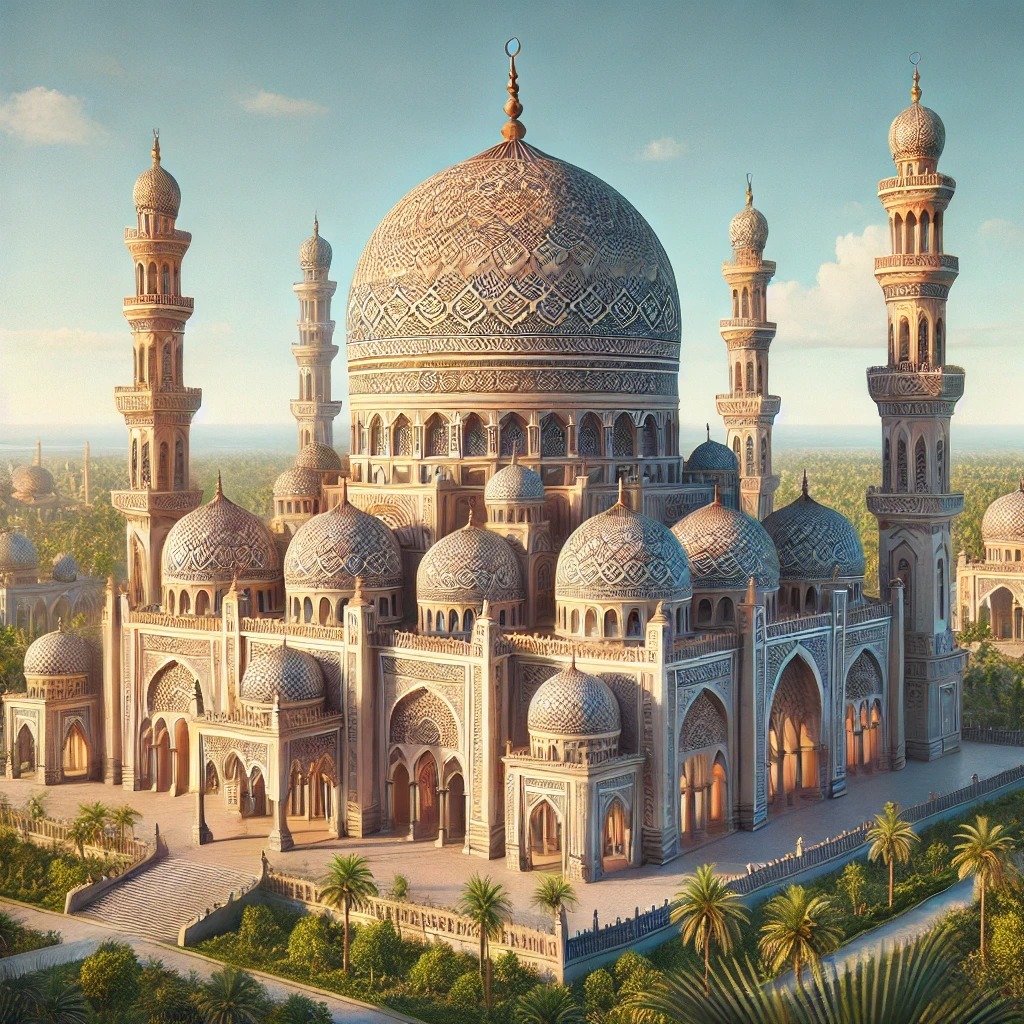


Raja Masjid, also known locally as Jama Masjid Peer Bahora, is a modest yet enduring local mosque nestled in the quiet village of Peer Bahora on the outskirts of Bareilly. Serving as a spiritual anchor for the community's Muslim residents, it embodies the simple yet resilient Islamic heritage of rural Rohilkhand, with its unadorned brick structure and open prayer courtyard reflecting everyday devotion amid Uttar Pradesh's agrarian landscape.
Tucked away in the verdant outskirts of Bareilly, where the Ramganga River's tributaries weave through fields of sugarcane and wheat, stands Raja Masjid—a understated testament to the intertwined threads of faith, community, and quiet endurance in Uttar Pradesh's Rohilkhand region. Known interchangeably as Jama Masjid Peer Bahora, this local mosque occupies a central place in the village of Peer Bahora, a small settlement of around 4,300 souls whose rhythms are dictated by the call to prayer echoing across modest homes and farmlands. Built during an era when Islamic architecture in the area transitioned from grand Mughal influences to more functional, community-driven forms, the mosque exemplifies the localized expressions of piety that flourished under the Rohilla Nawabs in the 18th century. Though precise records of its construction remain elusive—likely due to its status as a village-level edifice rather than a monumental project—architectural cues suggest origins in the late 18th or early 19th century. This period marked the consolidation of Rohilla power in Bareilly, following the decline of Mughal central authority and the rise of Afghan-descended rulers like Hafiz Rahmat Khan, whose patronage spurred the erection of numerous mosques across the district. Raja Masjid's design adheres to this ethos: a single-domed prayer hall constructed from locally sourced bricks, flanked by an open ablution area and a minaret that rises modestly against the horizon. Absent the ornate minbars or intricate jaali screens of urban counterparts like Delhi's Jama Masjid, its austerity speaks to practicality—facilitating daily salah for farmers and artisans who form the village's backbone. The mihrab, etched with simple Arabic calligraphy invoking the oneness of God, faces Mecca with unerring precision, a subtle engineering feat in an age before modern tools. At its heart, Raja Masjid is more than stone and mortar; it is the pulse of Peer Bahora's Muslim community, where generations have gathered for Jumu'ah prayers under the shade of neem trees. The mosque's courtyard, often dusted with the earth's red hue from nearby fields, hosts not only worship but also communal iftars during Ramadan and modest celebrations of Eid, fostering bonds that transcend the village's boundaries. In Bareilly's broader tapestry of Islamic sites—from the resplendent Dargah Ala Hazrat honoring Sufi scholar Ahmed Raza Khan to the historic Bibi ki Masjid—this unassuming structure stands as a reminder of Islam's grassroots imprint in rural India. Preserved through oral histories passed among elders and the diligent care of local imams, it has weathered monsoons, colonial shifts, and post-independence transformations without fanfare, embodying the Prophet's tradition of modesty in places of worship. Today, Raja Masjid continues to draw the faithful from surrounding hamlets, its doors open five times daily as a sanctuary amid the hum of modern life. For those tracing Uttar Pradesh's Islamic legacy beyond the spotlight of imperial grandeur, this local gem in Peer Bahora offers a poignant glimpse into the lived faith that has quietly shaped the subcontinent's heartland for centuries.
Year of Built: Not Available
Address: CF55+MV5, Peer Bahora, Sun City Vistaar, Bareilly, Uttar Pradesh 243002
Country: India
State: Uttar Pradesh
District: Bareilly
Pincode: 243002
Longitude: 79.4579° E
Latitude: 28.4118° N